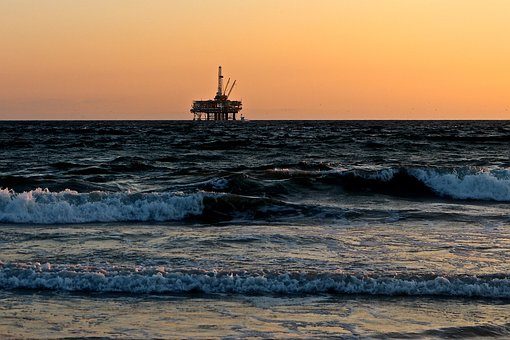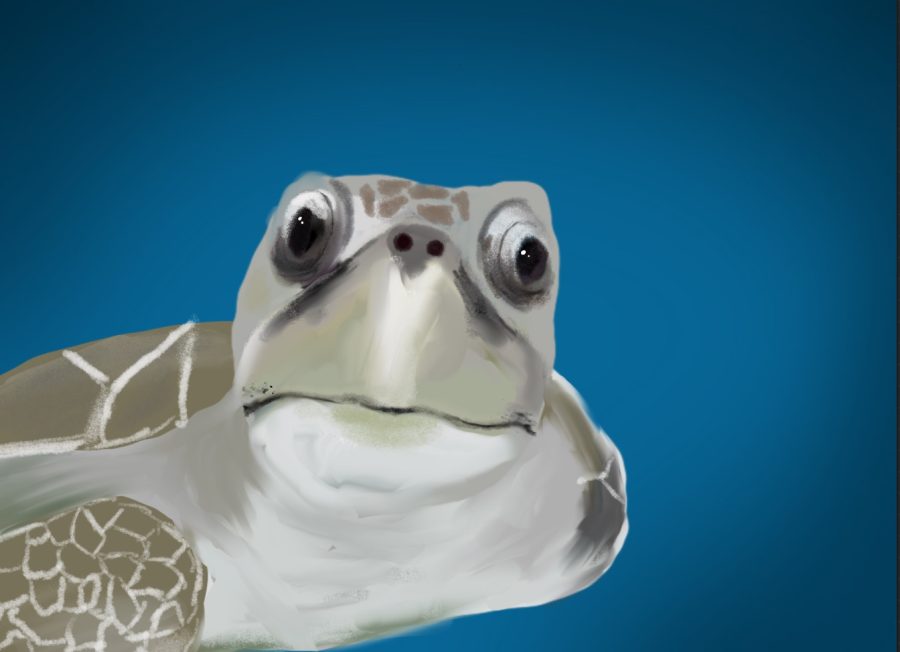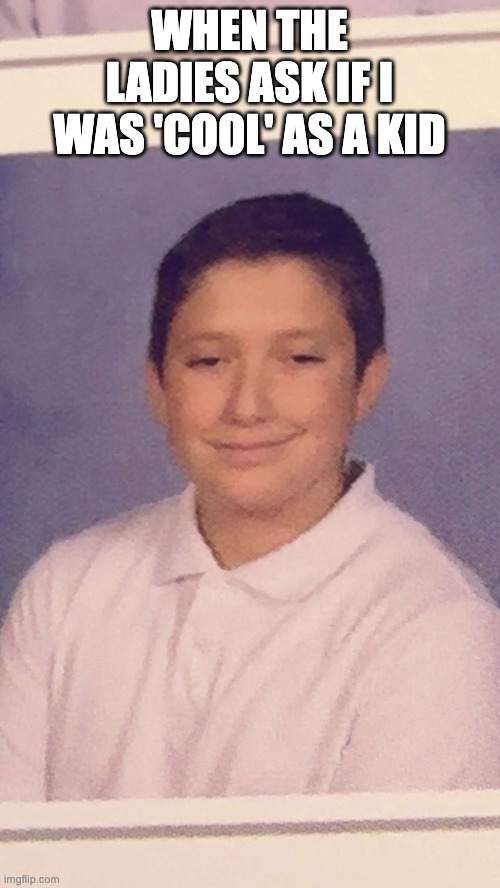Ghost Turtle
The Kemp’s ridley, also known as the Ghost Turtle, is a very rare species of turtle.
March 29, 2023
The Kemp’s ridley sea turtle is the smallest and rarest sea turtle in the world. They are found primarily in the Gulf of Mexico. This species is protected under Florida, United States, and international law due to their scarcity.
This species of turtle is very unique in terms of anatomy. They have a triangle-shaped head, a hooded beak, a very circular shell of approximately two feet in diameter, an average weight of 75-100 pounds, two clawed front flippers (to dig nests and to dig for prey), two clawed back flippers (to fight off predators), and a grayish-green color on top with a pale bottom to help camouflage. This two-tone appearance is common among deep-sea predators. This coloring is how Kemp’s ridley sea turtles got the nickname ‘Ghost Turtle’.

Not much is known about their life cycles due to their scarcity making it difficult to research them. It’s assumed they reach maturity at about 13 years of age and that their life span is at least 30 years. We do know that females lay their eggs in massive groups as all the females return to the beach where they were hatched, these hatchlings crawl to the ocean and begin hunting on their own. Then, the hatchlings grow to adolescents, then adults. The females then go and lay their eggs again until they die, making the cycle repeat.
The ecosystem of the Kemp’s ridley sea turtle is very unique as well. Included in this ecosystem are biotic and abiotic factors. Biotic factors in this ecosystem include foxes, weasels, raccoons, dogs, and occasionally humans as predators, specifically to turtle eggs. Food sources include crabs, fish, jellyfish, shrimp, and mollusks. Abiotic factors include temperature, as it plays a big role in the nesting habits of Kemp’s ridley turtles. If the temperature is too warm, it warms the sand and kills the eggs. If the temperature is too cold, it cools the sand and kills the eggs. Pollution is another abiotic factor as it disrupts their eating cycle as they tend to think articles like plastic bags are jellyfish, yet this causes major problems for the turtles as they can’t digest plastic.

Tides also affect the sea turtle nests as if the tide comes too high, it will drown the nest or wash it out and expose the vulnerable eggs to predators. The composition of the seafloor also impacts the turtle’s daily routine as if it is too rocky, the turtles will have trouble digging for crabs as that is their primary food source. Turtle eggs are food for the predators listed above and are the predators of the prey listed above, but they also aid decomposers. When they die, their corpses are decomposed by bacteria on the ocean floor. The nutrients from the dead turtles are recycled back into the environment that way.
The habitat of the Kemp’s ridley sea turtle relies heavily on the ecosystem surrounding it, so this species has various geographic niches. This includes the Gulf of Mexico, but the turtles migrate every so often as far north as New England. In isolated events they have been found as far as the Azores, Morocco, and in the Mediterranean Sea. They prefer to stay in warmer waters as they are cold-blooded reptiles. Kemp’s ridley sea turtles prefer areas with muddy or sandy bottoms as they dig for their prey. They live up to 1345 feet deep, but typically stay at the shallower level of 165 feet.
The Ghost Turtles have adapted to better handle this pressure as well. Shells are softer in order to deal with the massive pressure at 165 feet and the change in pressure involved with ascending and descending, as they need to ascend to breathe. Their eyes are better acclimated to the darkness and their front flippers have stronger claws than their back flippers to help dig for prey in the silt bottom. Their jaws are hooded/hooked to better eat prey and are also very strong to help them better eat prey, particularly crabs in the Kemp’s ridley case.
Pollution unfortunately also plays a role in the population of Kemp’s ridley sea turtles. The Deepwater Horizon oil spill was primarily in the Kemp’s ridley nesting sites, making them severely vulnerable. Ridley turtles also ingest a lot of marine debris thinking it is food. This includes (but is not limited to), fishing line, balloons, plastic bags, and floating tar/oil.

Climate change also plays a role in the endangerment of Kemp’s ridley turtles as it warms the sand temperatures, making the nests too warm for the eggs and incubating them to death. Awareness is being raised to better help this species. There are lots of non-profit organizations dedicated to raising awareness for all turtles, including the Kemp’s ridley. These turtles have been put on numerous government and international lists protecting them from fishing.
One of the primary developments in awareness of anything is social media. Lots of environmental activists have taken to apps like Facebook, Twitter, and even Pinterest to help spread awareness for these turtles. One example of this is the Kemp’s Ridley Rescue page on Facebook. There are also traveling information centers that go to different aquariums and schools across the state of Florida to help raise awareness for this species and its dilemmas.








